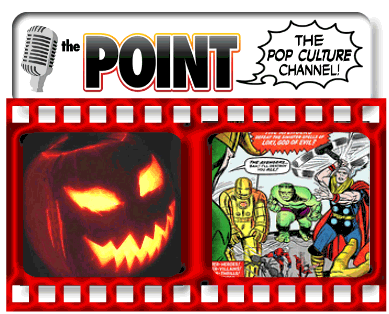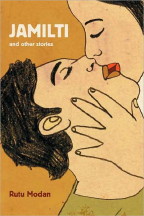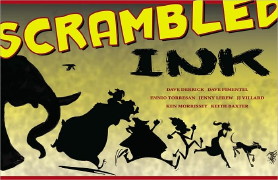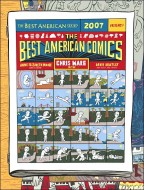The Point Radio: Wanna See Something Really Scary?
Michael Dougherty (X2, SUPERMAN RETURNS) has managed to turn his obsession for his favorite holiday into a feature film. TRICK ‘R TREAT is a horror anthology just released on DVD and we get the scary details from Michael and star Lauren Lee Smith. Plus Brian Bendis is plunging ahead full steam on POWERS in comics and TV as well as bringing back the Original AVENGERS to Marvel.

PRESS THE BUTTON to Get The Point!
And be sure to stay on The Point via ![]() , RSS, MyPodcast.Com or Podbean!
, RSS, MyPodcast.Com or Podbean!
Follow us now on  and
and  !
!
Don’t forget that you can now enjoy THE POINT 24 hours a Day – 7 Days a week!. Updates on all parts of pop culture, special programming by some of your favorite personalities and the biggest variety of contemporary music on the net.
CLICK HERE TO LISTEN LIVEFOR FREE or go to GetThePointRadio for more including a connection for mobile phones including iPhone & Blackberrys





 Everyone has a story – at least one. Every human life could be told in some way, to illustrate a point, or evoke an emotion, or just entertain an audience.
Everyone has a story – at least one. Every human life could be told in some way, to illustrate a point, or evoke an emotion, or just entertain an audience.  With two years of
With two years of 








